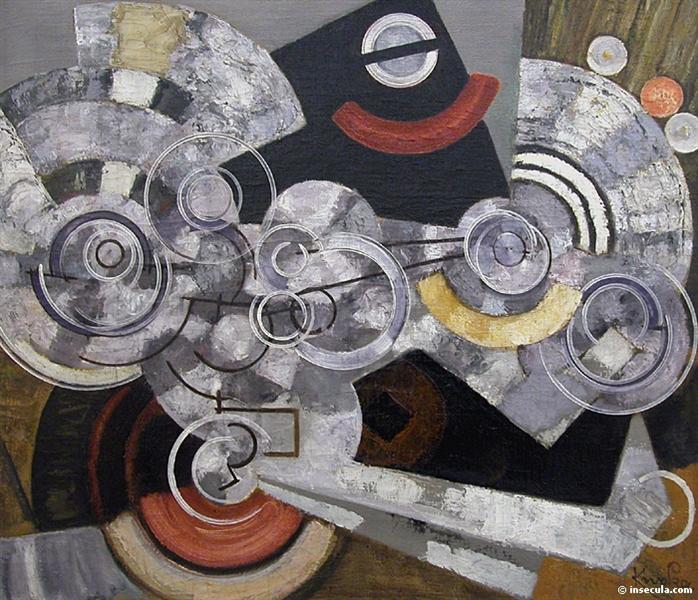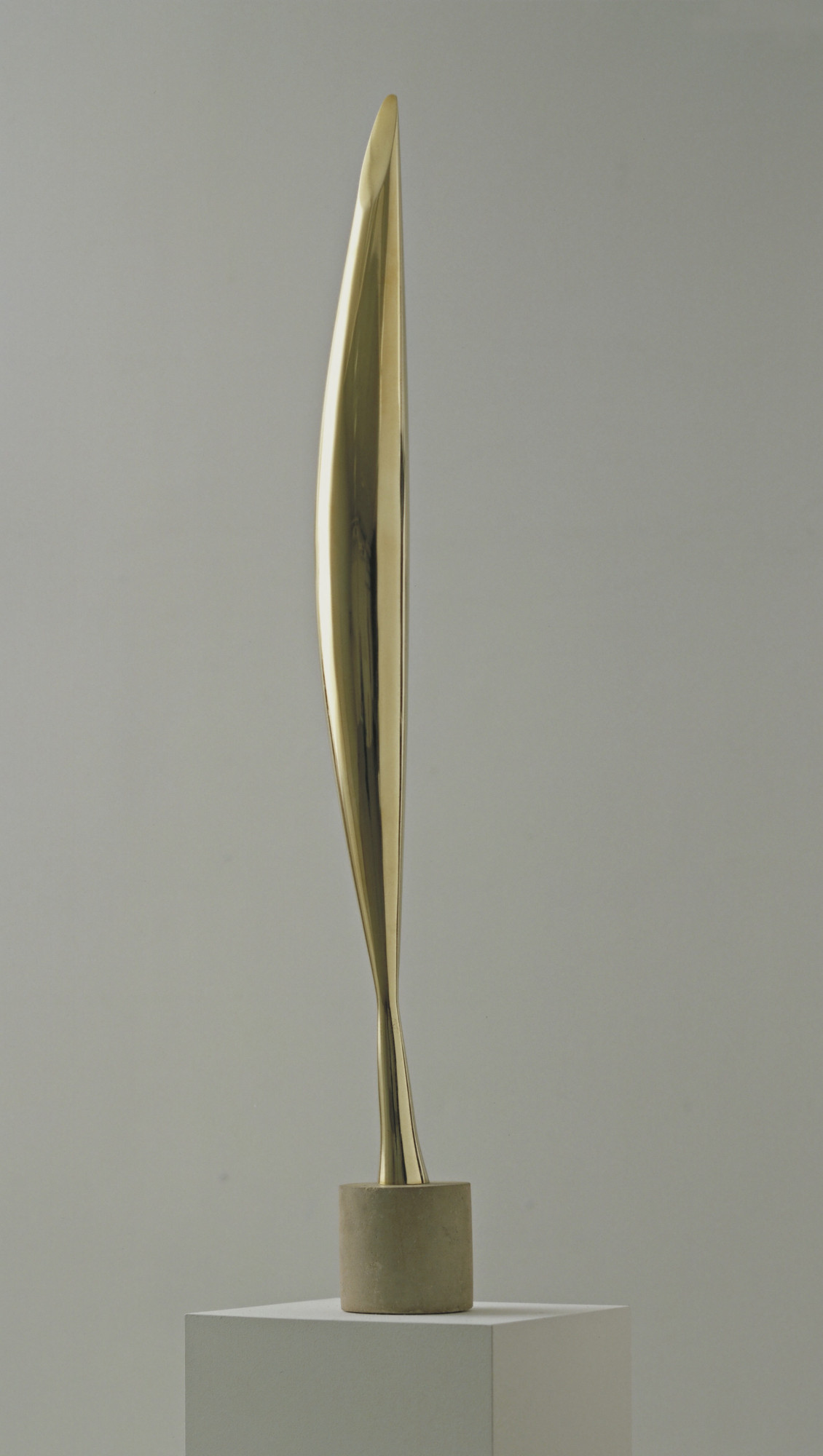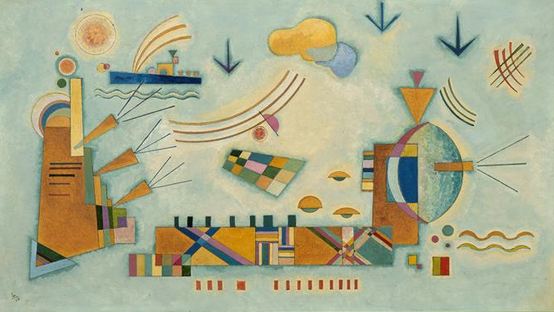RADIUM AGE ART (1928)
By:
October 15, 2024

A series of notes regarding proto sf-adjacent artwork created during the sf genre’s emergent Radium Age (1900–1935). Very much a work-in-progress. Curation and categorization by Josh Glenn, whose notes are rough-and-ready — and in some cases, no doubt, improperly attributed. Also see these series: RADIUM AGE TIMELINE and RADIUM AGE POETRY.
RADIUM AGE ART: 1900 | 1901 | 1902 | 1903 | 1904 | 1905 | 1906 | 1907 | 1908 | 1909 | 1910 | 1911 | 1912 | 1913 | 1914 | 1915 | 1916 | 1917 | 1918 | 1919 | 1920 | 1921 | 1922 | 1923 | 1924 | 1925 | 1926 | 1927 | 1928 | 1929 | 1930 | 1931 | 1932 | 1933 | 1934 | 1935 | THEMATIC INDEX.

Boas’s Anthropology and Modern Life confutes Fascist theory of “master race.”
Byrd’s first expedition to the Antarctic; Lovecraft’s At the Mountains of Madness, written in 1931, would be closely based on Byrd’s account.
The first Mickey Mouse films.
Amelia Earhart becomes first woman to fly across the Atlantic (as a passenger).
Also see: RADIUM AGE: 1928.
PS: I believe this is HILOBROW’s 10,000th post.


Note that a recolored version of Kandinsky’s painting was used for the cover of a 1993 French edition of Bradbury’s The Martian Chronicles. Below:






I include this drawing just because there is something mechanical-looking about it, to my eyes. Most likely not what the artist intended, though…

“Dutch Interior I” invites us into Miró’s whimsical dollhouse, painted in 1928. A blend of geometric shapes and whimsical forms transforms the ordinary into the extraordinary. It’s like Miró played an interior decorator in Wonderland, and this masterpiece is the result – a riot of color and imagination.

I’ve seen this painting titled “Inaugural Gooseflesh” and the tones look different. Not sure which reproduction is the most accurate.




Though not a physical likeness, Demuth created this portrait of his friend, the poet and physician William Carlos Williams, using imagery from Williams’s poem “The Great Figure,” which evokes the sights and sounds of a fire engine speeding down the street. (“Among the rain/and lights/I saw the figure 5/in gold/on a red/firetruck.” The intersecting lines, repeated “5,” round forms of the numbers, lights, street lamp, and blaring sirens of the red fire engine together infuse the painting with a vibrant, urban energy.


In 1928, De Lempicka was commissioned to make a self-portrait for the cover of the German fashion magazine Die Dame. The painting she produced showed her at the wheel of a Bugatti racing car, wearing a leather helmet and gloves and wrapped in a gray scarf. She portrayed herself as a personification of cold beauty, independence, wealth and inaccessibility.

We read in a catalog: “Responding to an early morning view of Manhattan’s Queensboro Bridge, Blume painted ‘The Bridge,’ 1928, filled with Cubist dynamism, angular accents, an implausible path of tugboat smoke between bridge tiers, toylike forms and unusual color choices. The work was promptly recognized as an important contribution to a new wave of Modernism that appealed to proponents of American works over their European counterparts.”



A female bather whose irregular, bulging body makes her look like a amoeba with projecting pseudopods, a creature capable of shape-shifting.



Until the mid-1930s, drawing was Moore’s preferred method of working out ideas for sculpture. This work is a study for a carving in travertine marble, Figure with Clasped Hands, which Moore produced in 1929.





Under the influence of surrealism, Herbin became increasingly critical of the rational forms employed by De Stijl. After 1927, he’d become interested by microphotographs of crystals and plants and would completely abandon figurative painting.







MORE RADIUM AGE SCI FI ON HILOBROW: RADIUM AGE SERIES from THE MIT PRESS: In-depth info on each book in the series; a sneak peek at what’s coming in the months ahead; the secret identity of the series’ advisory panel; and more. | RADIUM AGE: TIMELINE: Notes on proto-sf publications and related events from 1900–1935. | RADIUM AGE POETRY: Proto-sf and science-related poetry from 1900–1935. | RADIUM AGE 100: A list (now somewhat outdated) of Josh’s 100 favorite proto-sf novels from the genre’s emergent Radium Age | SISTERS OF THE RADIUM AGE: A resource compiled by Lisa Yaszek.
